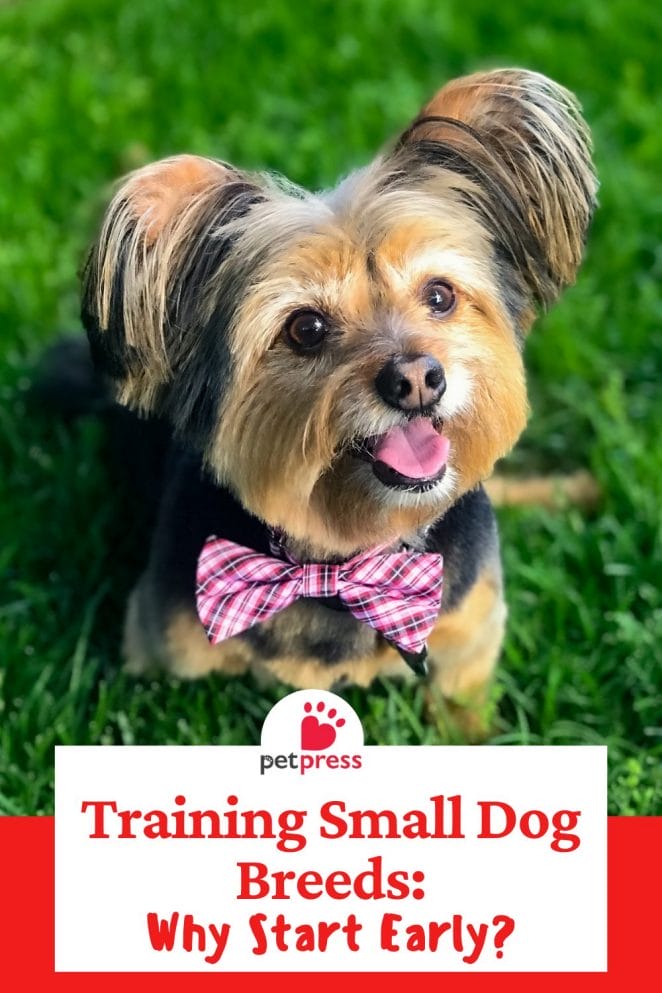
Training small dog breeds is not just a task; it’s a journey of bonding and understanding. Many assume these tiny companions don’t need as much training as their larger counterparts. This common misconception couldn’t be further from the truth. Starting early lays the foundation for a well-behaved furry friend and a harmonious home.
Why begin training your pint-sized pooch from a young age? The answer is simple. Early training shapes a confident, sociable, and manageable dog. It prevents future behavioral issues, making your life and your dog’s life easier and happier. Engage early, and witness the profound benefits unfold over your dog’s lifetime.
Let’s explore more on why starting early training for small dog breeds sets the foundation for lifelong good behavior
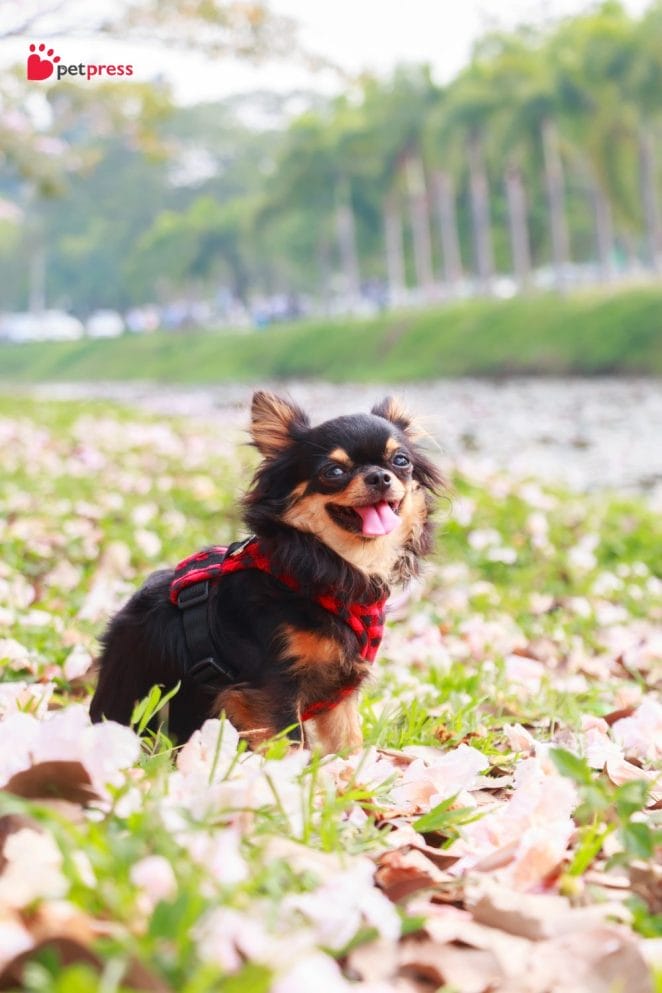
Why Early Training is Essential for Small Breeds
Early training does more than just teach tricks; it sets the foundation for lifelong good behavior. It’s like building a house; you need a solid base. Letting bad habits form is like a crack in this foundation, difficult and costly to fix later.
The Power of Socialization
- Mixing and Mingling Matters: Socializing your small dog with other dogs and people is crucial. It turns the big scary world into a playground full of friends.
- Preventing Fear and Aggression: Proper early socialization reduces fearfulness and aggression. Think of it as teaching your dog to be fluent in the language of social cues.
Train for Ease and Safety
Training your dog early not only makes them easier to manage but significantly enhances their safety. From preventing mishaps like messy food theft in your kitchen to avoiding dangerous situations such as running into a busy road, a foundation of good training is crucial.
A well-trained dog is a safer dog, as a dog that listens and obeys commands is far less likely to find themselves in harm’s way. This understanding underscores the importance of starting training sessions as soon as possible, ensuring your furry companion stays safe and well-behaved.
Strengthening Bonds Through Training
Training goes far beyond the mere teaching of commands; it’s fundamentally about fostering a deep line of communication between you and your furry companion. Each session you spend together isn’t just about learning to sit, stay, or come; it’s a chance to solidify the unique bond you share, transforming the relationship from simply “me and my dog” to a powerful “us.”
Every moment spent in training is an invaluable opportunity to build trust, ensuring that with patience and understanding, the connection you share with your pet grows stronger and more profound with each passing day.
Heading Off Behavioral Issues
Small dogs come with big personalities. Without guidance, this can lead to behavior problems.
- Common Challenges: Issues like barking, chewing, and even separation anxiety can be minimized with early training.
- A Proactive Approach: Think of training as preventative care for behavior. It’s easier to shape positive behavior than to correct negative behavior.
This journey of training your small breed dog early sets the stage for a lifetime of companionship, joy, and mutual respect.
Training your little furry friend can be a joyful journey, especially if you’re armed with the right tips. When it comes to training small dog breeds, certain strategies stand out for their effectiveness and kindness.
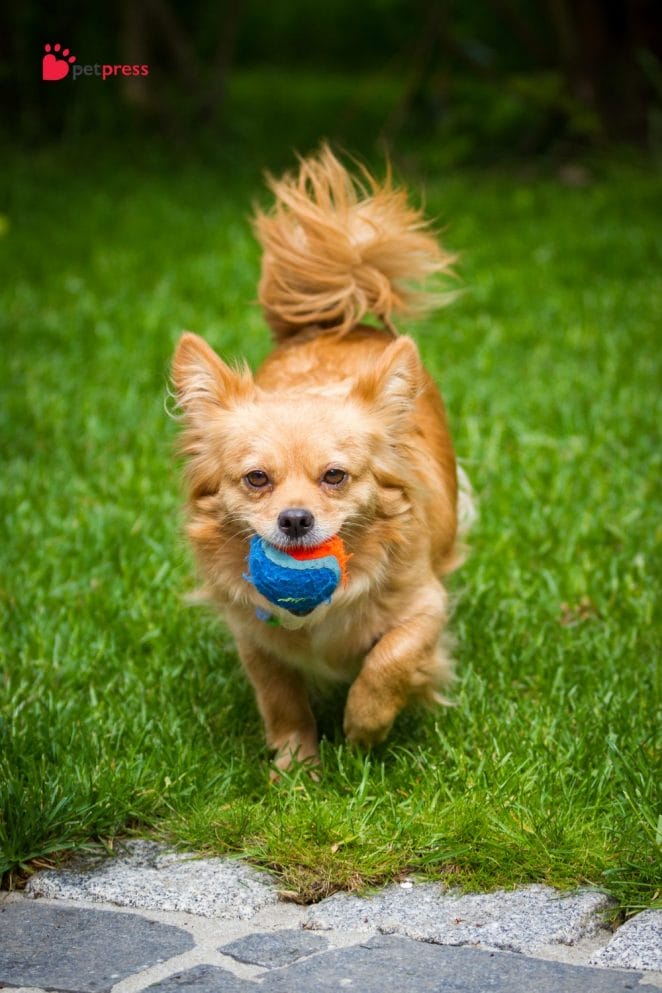
Different Types of Trainings For Small Dog Breeds
Training small dog breeds involves unique approaches tailored to their specific needs, demeanor, and physicality. Unlike larger breeds, small dogs have different energy levels, attention spans, and sensitivity, making it crucial to adapt training techniques to suit them.
Here’s a look at various training types especially beneficial for small breeds:
1. Socialization Training
Early socialization is crucial for small dogs to help them become well-adjusted adults. Exposing them to different people, animals, environments, and sounds in a positive manner can prevent fearfulness and aggression later on. Small dog owners should focus on gentle, controlled exposure to new experiences.
2. Obedience Training
Basic obedience commands like sit, stay, come, and down are vital for all dogs, regardless of size. For small breeds, training can also include teaching them not to bark excessively and how to behave in various social situations. Given their size, making sure they respond to commands can also keep them safe in potentially dangerous situations.
3. Crate Training
Crate training is beneficial for small dogs as it provides them with a safe space of their own. It can also aid in housebreaking and preventing separation anxiety by creating a positive association with the crate as a comfortable, secure place to relax.
4. Agility Training
Agility training isn’t just for larger dogs; small breeds can excel and thoroughly enjoy it too! It’s a great way to provide mental and physical exercise, enhancing their agility, attention, and ability to follow commands, all while strengthening your bond through teamwork.
5. Clicker Training
Clicker training is a form of positive reinforcement that can be especially effective with small dogs. The click sound immediately after a desired behavior, followed by a treat, helps the dog associate the behavior with a positive outcome. It’s a clear, consistent method to communicate your expectations.
6. Leash Training
Given their size, small dogs can develop a tendency to pull on the leash or become anxious when restrained. Leash training is crucial to ensure they are comfortable and behave well on walks. It involves teaching them to walk by your side without pulling, using a harness that is more suitable for their small frames to prevent injury.
7. Potty Training
Potty training small breeds can come with its own set of challenges, mainly because they have smaller bladders and may need more frequent trips outside. Consistency, patience, and frequent supervised outings are key, along with positive reinforcement for outdoor elimination.
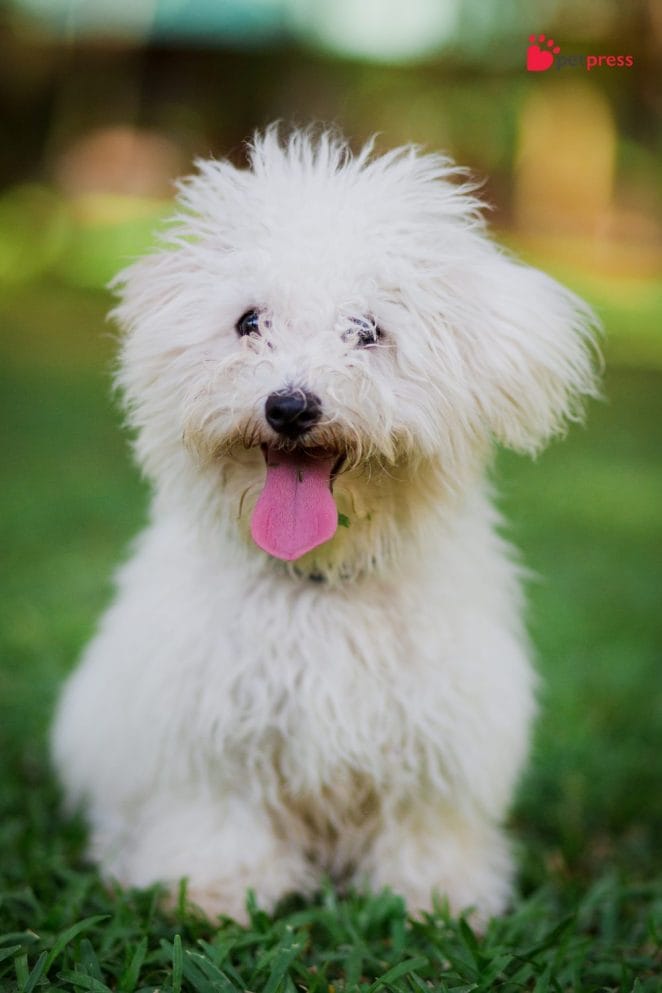
Quick Tips For Dog Owners In Training Small Dog Breed
Positive Reinforcement Works Best
Everyone loves a good treat, especially your dog. Positive reinforcement is about rewarding the behavior you want to see more often. This method is not only kind but incredibly effective. Offering treats, praise, or playtime right after your dog performs a desired action encourages them to repeat it. Imagine your pup sitting or staying on command, all because they know something good follows. It’s a win-win!
Consistency is Crucial
Just like any of us learning a new skill, dogs thrive on routine. Being consistent with commands and rewards makes it clear what’s expected of them. Try to train at the same time daily, using the same words and gestures. This consistency helps cement the learning. Your little companion will soon understand what ‘sit’, ‘stay’, or ‘come’ means, making training sessions smoother and more enjoyable for both of you.
Patience and Understanding
Remember, every dog learns at their own pace. Showing patience is key. If a session doesn’t go as planned, take a deep breath and try again later. Always approach training from your dog’s perspective. They’re not just learning commands; they’re learning how to communicate with their favorite human. This perspective helps foster patience and understanding, deepening the bond between you and your petite pal.
Incorporating these training tips for small dog breeds into your routine can transform the experience from challenging to rewarding. Positive reinforcement, consistency, and a hefty dose of patience and understanding set the stage for a well-behaved pooch. Sharing these moments on social media can inspire other pet owners to embark on this fulfilling journey, spreading the joy of pet training far and wide.
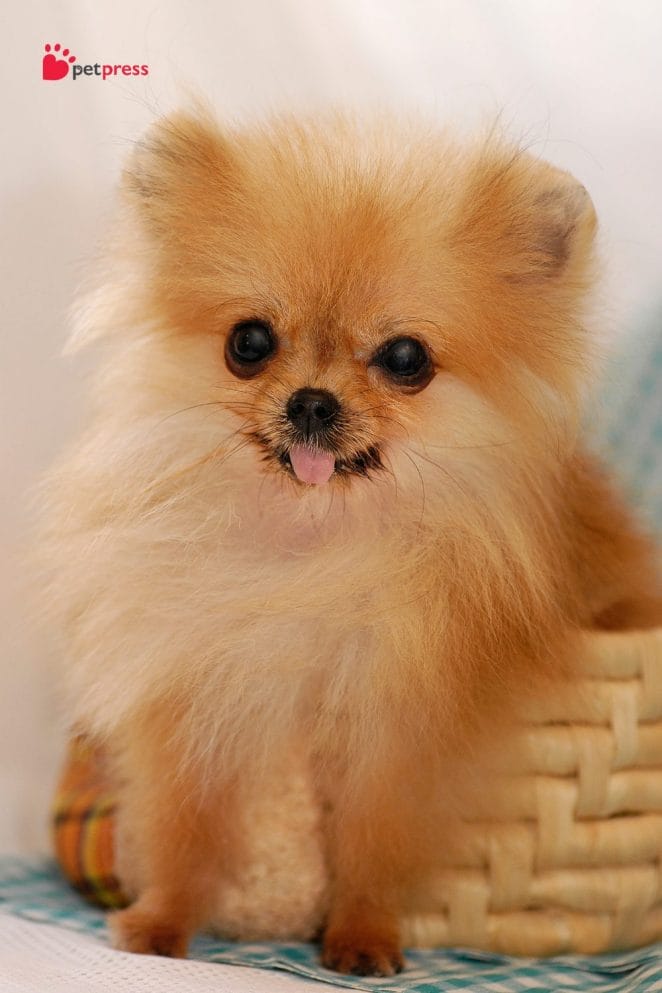
Conclusion
As we wrap up our journey through the effective strategies of training small dog breeds, let’s take a moment to reflect on the path we’ve ventured together. Training your tiny companion is much more than teaching them tricks or manners; it’s about building a bond that lasts a lifetime. Using positive reinforcement, staying consistent, and practicing patience are keys to unlocking the full potential of your furry friend.
Remember, every small step taken in training is a giant leap toward a harmonious and joyful relationship with your dog. Whether it’s mastering the basic commands or navigating the challenges of potty training, the effort you put in is returned tenfold in loyalty, love, and companionship.
So, share your success stories and challenges on social media. You never know who you might inspire to start their training journey, spreading the love for our small but mighty companions.
FAQ: Training Small Dog Breeds
Small dogs are just as capable of learning as their larger counterparts. The key lies in understanding their unique needs and motivations. Like any dog, they thrive on positive reinforcement and consistency. Remember, it’s not the size of the dog in the training session, but the size of their heart and willingness to learn.
The sooner, the better! Starting around 8 to 12 weeks old is ideal. This early stage is when they’re most receptive to new experiences. Early training sets a solid foundation for good manners and helps prevent behavioral issues down the road.
Small dogs love both treats and praise, but since they’re tiny, choose small, low-calorie treats to avoid overfeeding. A cheerful voice and enthusiastic petting also work wonders as rewards. Mix it up to keep your dog interested and motivated.
Yes, with patience and proper introductions, your small dog and cat can learn to coexist peacefully. Start by keeping control of the situation and gradually increase their exposure to each other. Positive reinforcement for calm behavior around the cat will go a long way.
Short and sweet does the trick—aim for 5 to 10 minutes. Small breeds have shorter attention spans, so keeping sessions brief ensures they stay engaged and find the process enjoyable. You can have multiple mini-sessions throughout the day for the best results.


GIPHY App Key not set. Please check settings